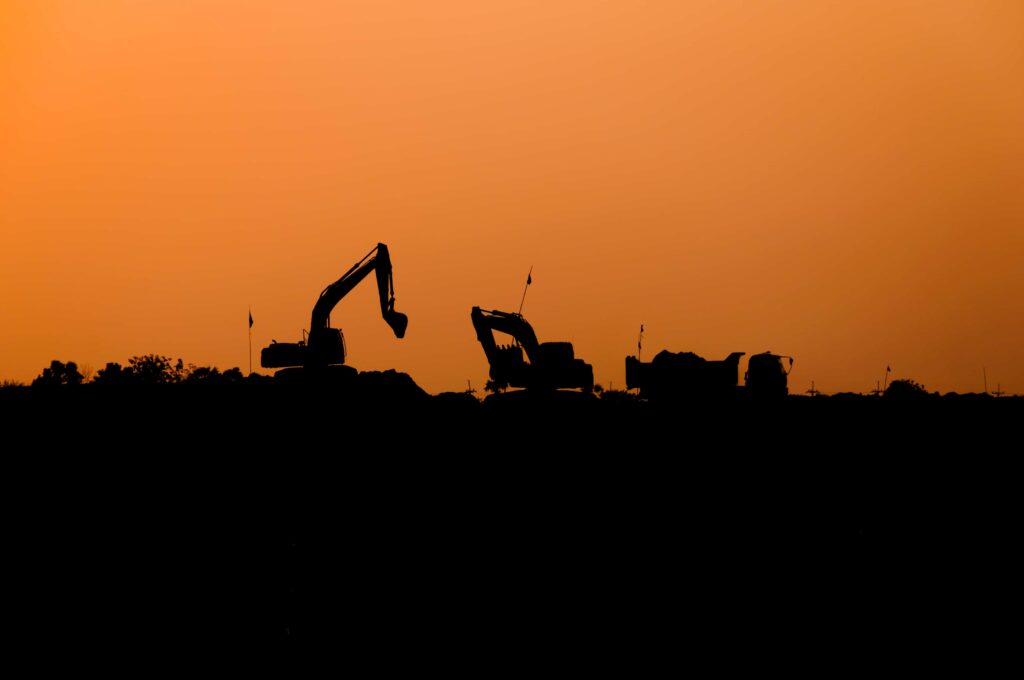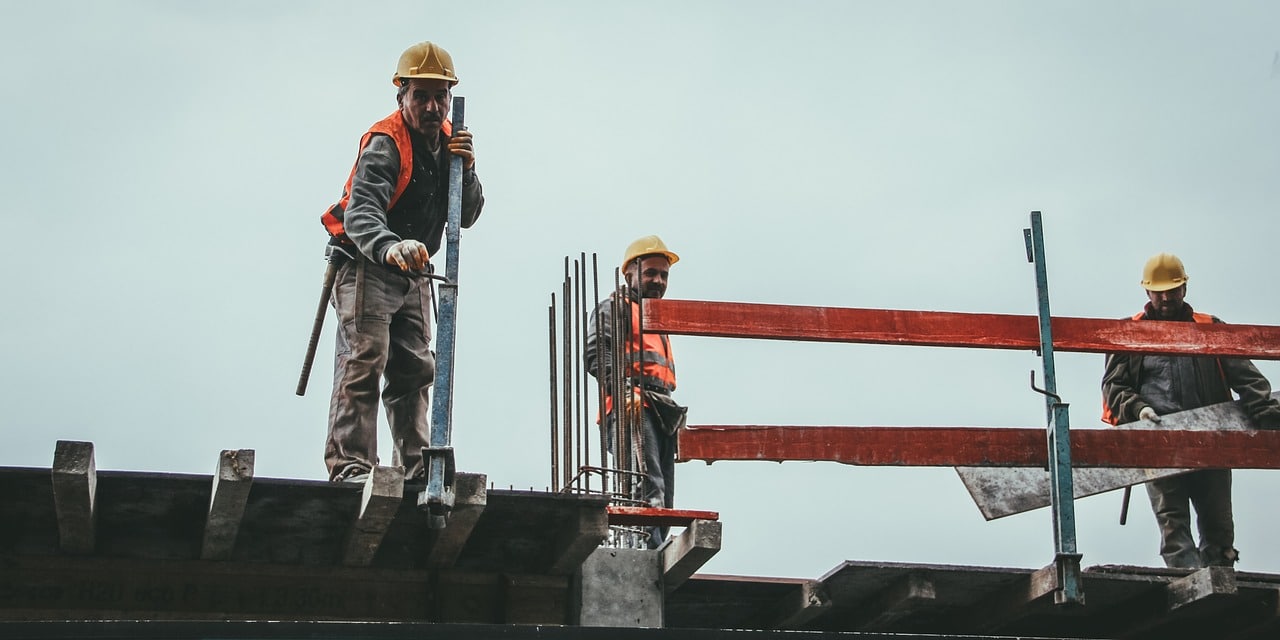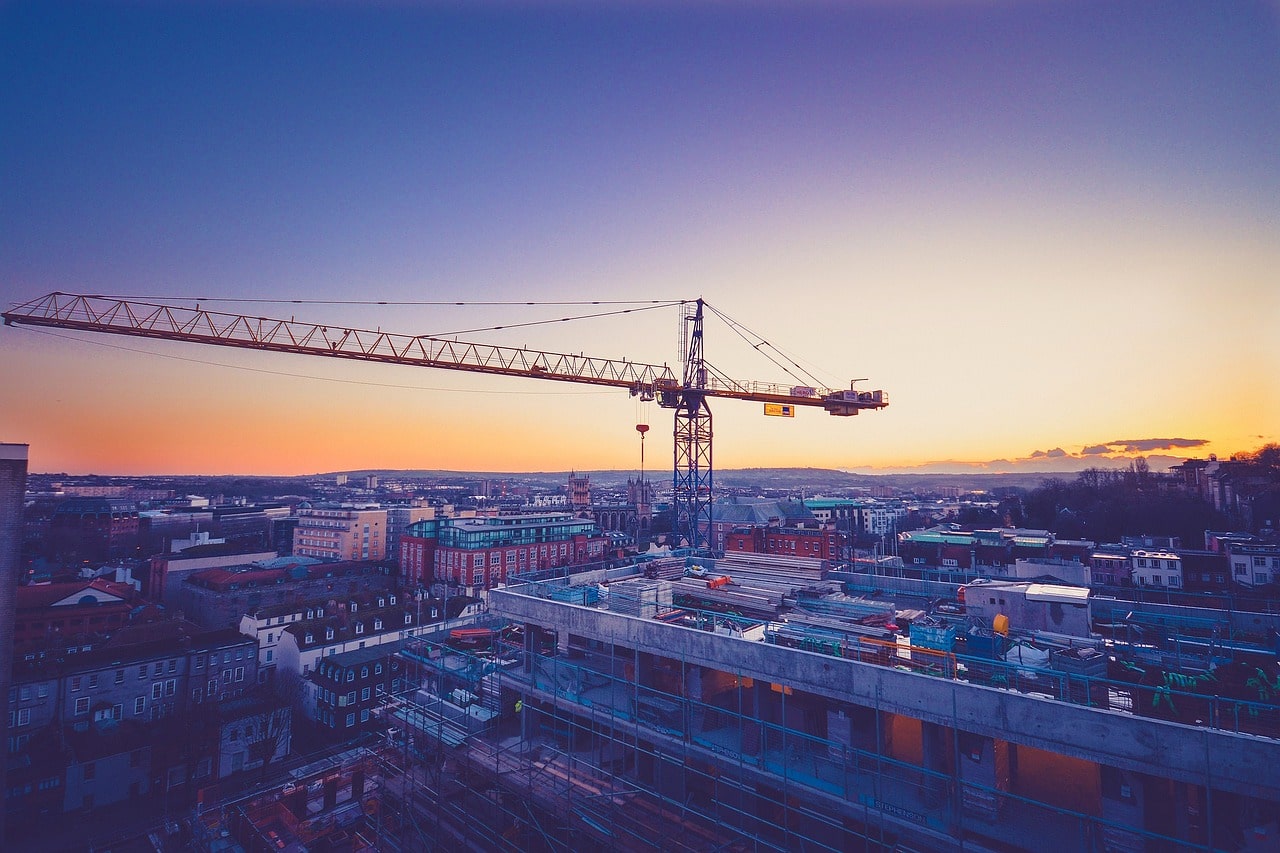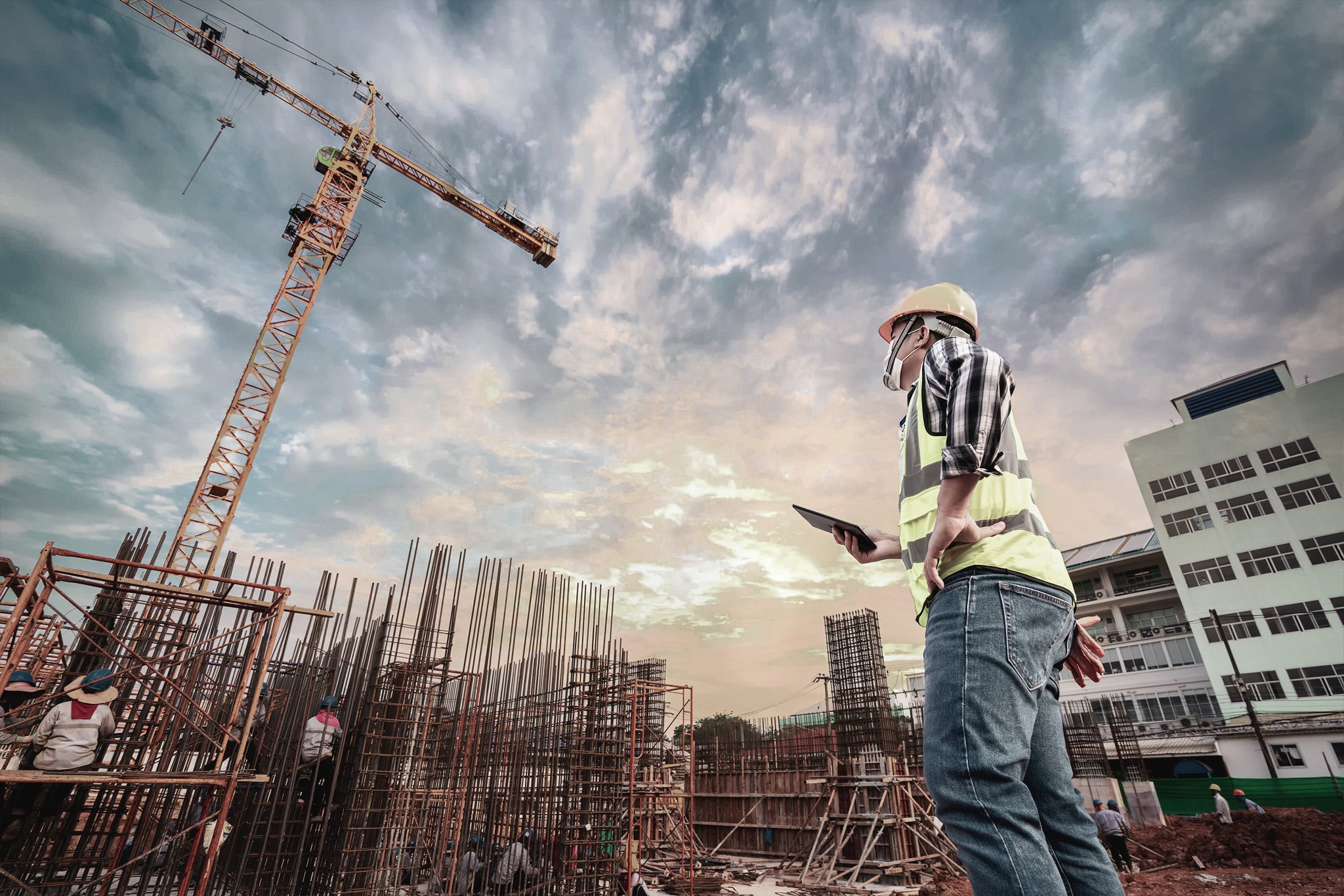Construction equipment does a great job of doing everything we need it to do without the help of any other equipment. When it comes to digging holes, grading land, moving massive material and prepping the earth for a giant project, they are the lone wolves.
However, there’s one thing that construction equipment can’t do on their own: Relocate! For that, we often employ the help of a few other big boys in the machinery world and a few professionals who know how to get the job done.
New tech means old problems
These days, phones and computers aren’t the only pieces of equipment benefitting from the technology advances. Shipping, transport and the construction industry as a whole are seeing the advantages of incorporating smart technologies into their businesses.
With advances that companies like LetsBuild are making, tracking progress and streamlining a project have never been easier.
Staying in constant contact with the subcontractor who is moving your equipment, tracking his location, automating parts of the process and ensuring the right documentation for every move with these new leaps in management.
Incorporating data and smart technology into such a huge project as moving construction equipment can make everything more efficient, cost-effective and safer.
Preparing for transport
Prior to preparing your machinery for transport, review your equipment owner’s manual for any special instructions. Inspect for and wrap in bubble wrap any parts, such as gauges, knobs, or levers which may become loosened or dislodged mid-transport.

Figuring out who’s going to load the equipment is just as important. Not having the right person in the right place at the right time can add costly delays or unsafe conditions. An experienced heavy machinery transport company like A1 Auto Transport ensures that the team that works on your heavy equipment moving project is well-trained, experienced and equipped with the necessary moving equipment and knowledge to ensure that the transport goes without a hitch. But if A1 Auto Transport can’t provide you with the help you need, use this comprehensive guide to out-of-state moving to locate the right transportation company.
Read also: What is OSHA?
Since most drivers routinely haul heavy equipment, you’ll find that a majority of them are well-versed in construction equipment. Thus, you may decide to have the driver drive the equipment onto the trailer. Just remember to schedule your crew does it if that’s your preference.
Keeping your equipment safe during transport needs to be a top priority. Maintenance or repairs that need to be made because of poor planning or damage that resulted from the move only adds costs and downtime.
Pre-loading checklist
Here are some pointers to ensure you have the smoothest transport preparation:
- Start by cleaning your machine. A dirty machine may have hard-to-find handholds and tie-down points. Ensure there is no damage prior to transport, now that you can see underneath the dirt.
- Now that you’ve cleaned your machine, keep it that way. Cover it to avoid unwanted detritus getting into your machine via the smokestack.
- Avoid a drained battery on arrival by unhooking it prior to transport.
- Highway gusts will cause the doors to swing mid-transport, so latch them. If you’re having trouble with the latch, use zip ties.
- Consider lights, signs, and safety banners, especially for oversized loads. Your transportation agent will happily assist with whatever you need. But be sure to get photos.
- If you cannot avoid being an oversized load, obtain the proper permits and verify the route of travel is safe for such vehicles.
Speaking of which…
Tips on avoiding a wide load designation
While the larger pieces of your equipment will likely wind up designated as a wide load and transported accordingly, such as cranes, dozers, scrapers, excavators, and off-road dump trucks, you can avoid this designation for the rest of your construction equipment through careful planning and modifications that will ensure they meet standard regulations.
It’s usually more efficient and cheaper to ship attachments separate from wheel loaders or bulldozers, for example, than send the entire machine in a single oversized load.

The following tips will help you avoid an unwanted oversized load designation:
- Overweight: Separate shipments of bodies and attachments will reduce weight. Exceeding 20 tons, or 40,000 pounds, is likely too much. Check the manual or give the manufacturer a call if you’re unsure about any weights.
- Overheight: First try to retract the bucket or boom, and then remove it entirely if needed. Another load is likely preferable to a single wide-load. To determine whether it’s worth doing, factor in the time it will take to remove the object, as well as the time needed for re-installation, and compare that figure to the savings of avoiding a wide-load designation.
- Overwidth: You likely won’t have control over this aspect, as construction equipment generally uses tracks instead of tires, and removing tracks is a time-consuming process. If so inclined, however, again factor in the cost of removal and installation against the savings of a wide-load designation.
- Overlength: Consult the regulations in the areas you’ll be moving the equipment through to find out the length regulations. If you’ll be exceeding them, see if there is something that can be removed and transported separately to fit within normal length restrictions.
Even though tearing a machine apart and having to put the effort into reassembling it upon delivery, doing so can save you a bundle.
Wide loads often time double, triple or quadruple the price of moving construction equipment. Especially if you’ll be needing escort vehicles, police escorts, permits, and placards.
Furthermore, wide loads are forbidden from certain roads and bridges, which can add costly amounts of time and miles bypassing them.
Double check the details
Now that everything is in place, go back and double check everything. Making sure that everyone is scheduled properly and knows the plan will save a ton of headache on game day. Talk to the transporter and confirm:
- Date and time
- Location
- What equipment they’re bringing
- What you need to have on hand
- Estimated arrival at destination
Confirm the help you’ll be needing:
- Someone to operate the equipment
- Those who will be hauling the separate equipment
- Loading help at the site
Confirm the destination location:
- Someone who can unload the equipment
- Proper unloading area
- Mechanic on site to help reassemble equipment
- Proper access for the tractor and trailer
Game day
When the day arrives, it’s time to follow that plan to the letter. Everyone who is participating should have a hard copy of times, locations, phone numbers, and addresses so that there is no confusion.
Make sure everyone is aware of who the main contact is for questions regarding certain topics and how to get ahold of them.
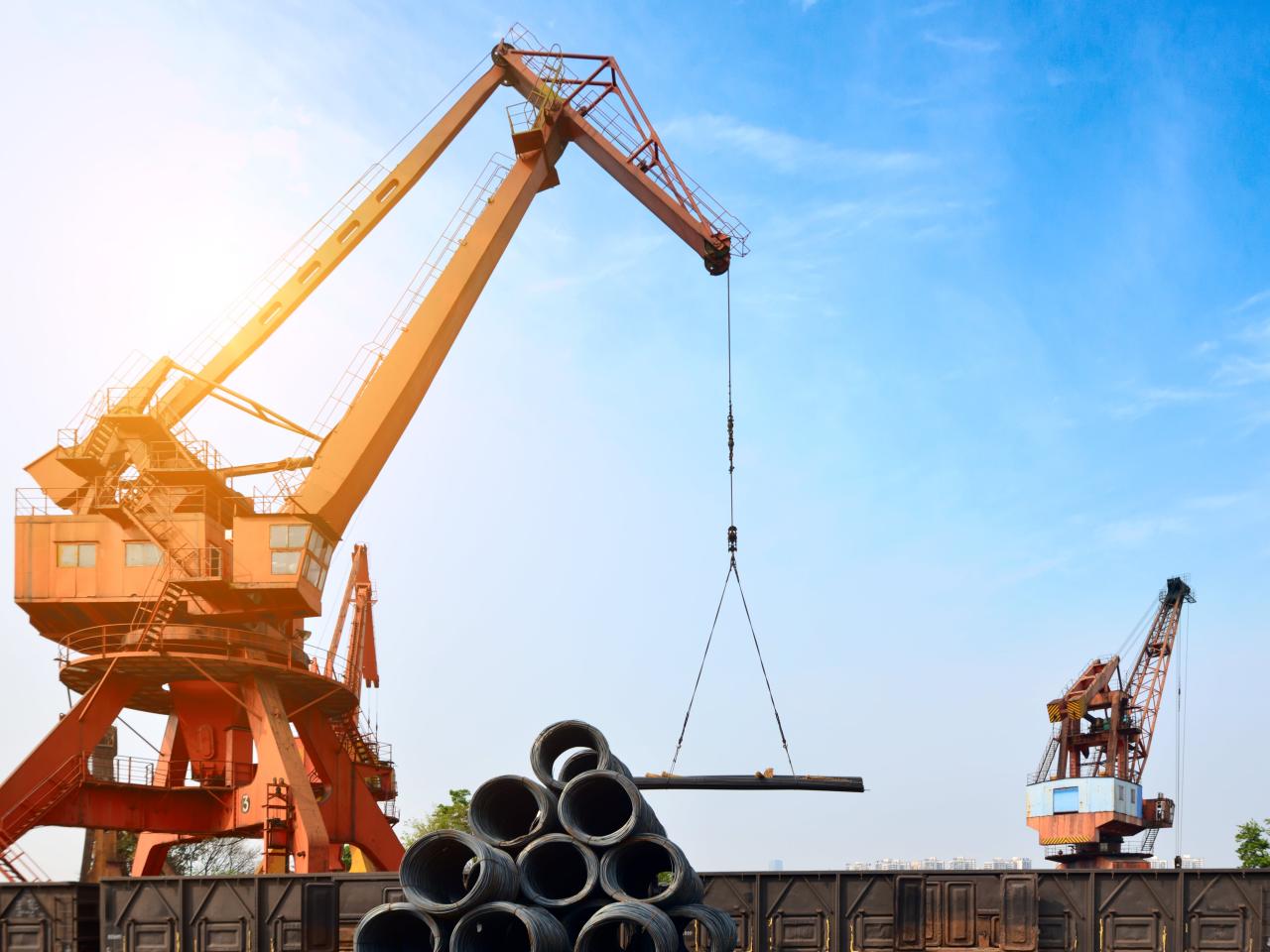
Take pictures of your equipment once it is loaded and secured on the trailer. Having these will prove the condition of the machinery before it departed and be able to confirm that it was secured properly if something were to arise.
Once the load is at its destination, assign someone or go yourself to inspect the machine before the transporter leaves. If any problems are found, they should be addressed immediately and not put off for a day or two.
With this checklist in hand, we’re confident that moving a piece of construction equipment can be done smoothly, easily and efficiently.
About Chris Ward: Chris Ward is an industry professional that has been advising businesses throughout the world on transport and shipping of heavy machinery for over 20 years. He has worked for large private contractors, small-town firms and government agencies alike and has been part of some of the largest machinery moves on the planet. He continues that work with contributions to the heavy movers industry in articles, blogs and instructional videos across the internet.
